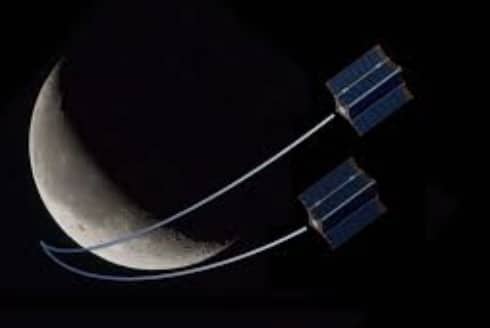What is CubeSat Satellite?
CubeSat Satellite is a type of miniaturized satellite for space research that is made up of 10x10x10 cm cubic units. CubeSats are often used for educational purposes, as well as technology demonstrations and prototypes. They are becoming more popular in the commercial sector due to their low cost and fast turnaround time from design to launch. In this blog post, we will discuss 10 things you need to know about CubeSat Satellites!
- CubeSats are small and lightweight, making them ideal for space research.
- CubeSats can be designed and assembled quickly, thanks to their standardized dimensions. This means that CubeSats can be built and launched much more rapidly than traditional satellites.
- CubeSats have a wide range of applications, from educational projects to technology demonstrations and prototypes for commercial purposes. Some CubeSat missions have even been used to test new technologies that could be deployed on larger spacecraft in the future.
- CubeSats generally operate in low Earth orbit (LEO), which is ideal for conducting scientific experiments or testing out new technologies in space environments. However, CubeSat missions can also explore other regions of space, such as geosynchronous orbit, the Moon, Mars, or beyond.
- CubeSats are typically launched into space as part of a larger group of spacecraft on a single rocket. This is known as CubeSat ridesharing, and it allows CubeSats to be deployed more affordably and efficiently than if they were launching independently.
- CubeSats often rely on commercial ground stations for tracking and communication purposes instead of building their own satellites for this purpose. For example, NASA’s CubeSat Launch Initiative uses satellite communications hosted by commercial providers to track CubeSats following deployment in LEO or beyond.
- CubeSat missions can offer valuable insights into space exploration technology and applications that could be used on larger spacecraft in the future. As CubeSats continue to advance and improve, they are becoming an increasingly important part of space research and exploration.
- CubeSat development is gaining popularity in the commercial sector due to its low cost and fast turnaround time from design to launch. This has led to a growing number of CubeSat startups that are developing new technologies and applications for CubeSats in fields like communications, imaging, and remote sensing.
- Despite their small size, CubeSats can be powerful tools for space research and exploration when used collaboratively with other spacecraft or as part of larger missions. With continued advancements in CubeSat technology, we can expect these miniature satellites to play an even bigger role in the future of space exploration.
- Whether you’re involved in CubeSat research, development, or application, there are plenty of opportunities to contribute and get involved in this exciting field! With so many CubeSat startups emerging in recent years, as well as initiatives like NASA’s CubeSat Launch Initiative and Cube Quest Challenge, there are countless ways to get involved with CubeSats and help push the boundaries of space exploration.
For more information about the CubeSat Satellite, check out Bright Ascension.
